It’s beginning to show signs of spring. Trees are budding. Insects are beginning fly and buzz about. I see turtles sunning at the edge of the lake. But before that —
It was cold. Really, really cold, for my part of the world. In a part of the country where freezes usually last a day or two, we had weeks without the temperature getting above the freezing mark. So what kind of programming do you do when there’s lots of ice outside? Programs about ice, of course.
Everyone knows that you put salt on the walkways, steps, and driveways to get rid of the ice so that you don’t slip and fall. But why? Not everyone knows the answer to that question. Lots of people probably haven’t made the connection to why salt both makes ice melt in the winter, and makes ice cream freeze in the summer (well, usually in the summer. It actually works any time of the year.) Actually, you can have a lot of fun with a block or blocks of ice, a box of salt, and some food coloring. These simple ingredients can lead to a great deal of fun, and fair amount of learning, as well. Of course, I never point out to the kids that any part of my program is educational. That line is just for the parents.
OK. So what can you do with a group of preschoolers, a block of ice, salt, and food colors? How about a color-themed storytime, with intermissions between stories for experimentation? I put a milk carton full of water in the freezer several days before my program. On the day of the program I had a collection of picture books about colors and color mixing ready to share. I brought my frozen milk carton, a large baking pan (9×13), a container of salt, and a collection of food colors to work with me. Before the program, I cut the milk carton off of the block of ice, and placed it in the midle of the baking pan.
When I was ready to begin the program, I asked the children if they knew what people did to get ice off of the steps and sidewalks in the winter. Some did. Some didn’t. Then I asked why putting salt on the ice made it melt when it was still so cold outside, most didn’t know. So I suggested we have a bit of fun and see what salt does to the ice. I let each of them drop a bit of salt on the block, then go back to their cushions while I read the first story. Afterward, they all came back up to the table where the ice block was, and placed a drop of the food color of their choice on the spot where they’d put the salt. The food color immediately ran down into the channel the salt created in the block. After watching for a few minutes, and maybe adding a bit more salt, they sat back down on their cushions, and we shared another story. Then everyone surrounded the ice block again, and added more food color and salt. We repeated the process a few more times. In the end, we just focused on the ice block. They really enjoyed watching as the colors twisted and turned, making their way through the ice to the pan beneath. As the children added more food color, the colors mixed and blended into new colors. That gave us the opportunity to talk about colors and how mixing two colors creates a third. By the end of the storytime, we’d talked about phases of water (liquid and ice), how salt can make ice melt even when it’s really cold outside, gravity (the channels in the ice block worked their way down into the pan), and colors. We’d shared stories, and most importantly, of course, we’d made quite a mess. All of that learning, and every bit of it disguised as play!
When I did this activity with older children, we did most of the same things, but I added more advanced vocabulary and science concepts, such as freezing points, and how salt lowers the freezing point of water, primary colors and secondary colors, and refraction and how the ice bends the light passing through it, fooling our eyes.
Some color themed picture books:
Mouse Paint – Ellen Stoll Walsh
Color Dance – Ann Jonas
Mix It Up – Herve Tullet
Press Here – Herve Tullet
White Rabbit’s Color Book – Alan Baker

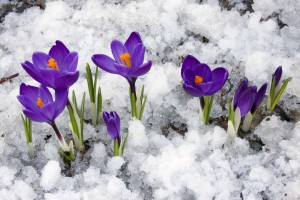
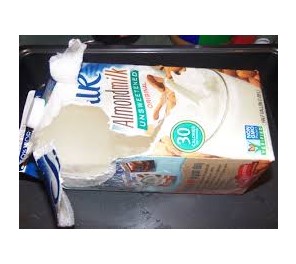
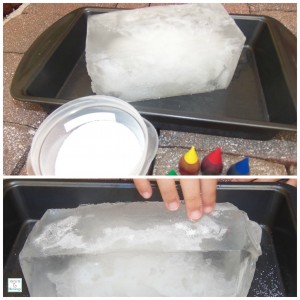
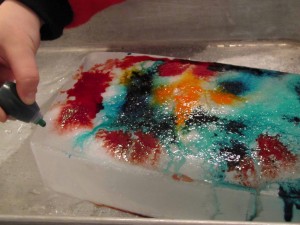
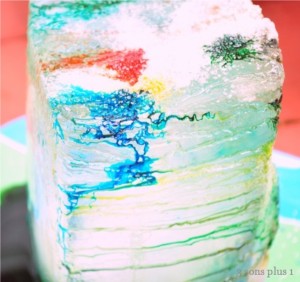
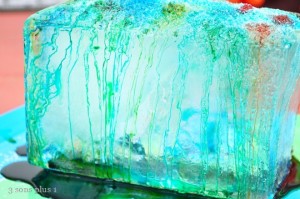



Leave A Comment